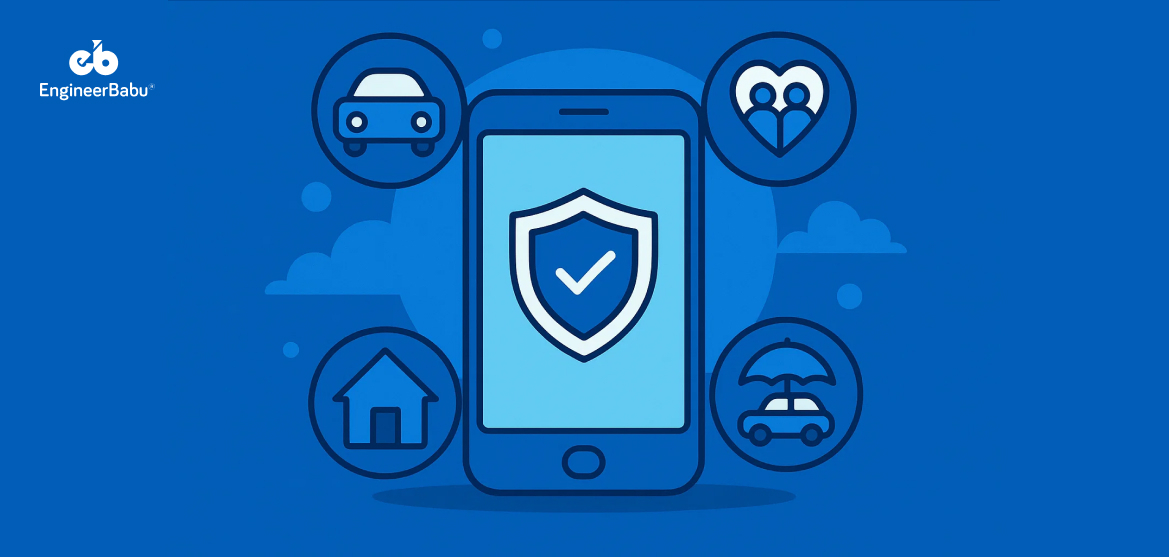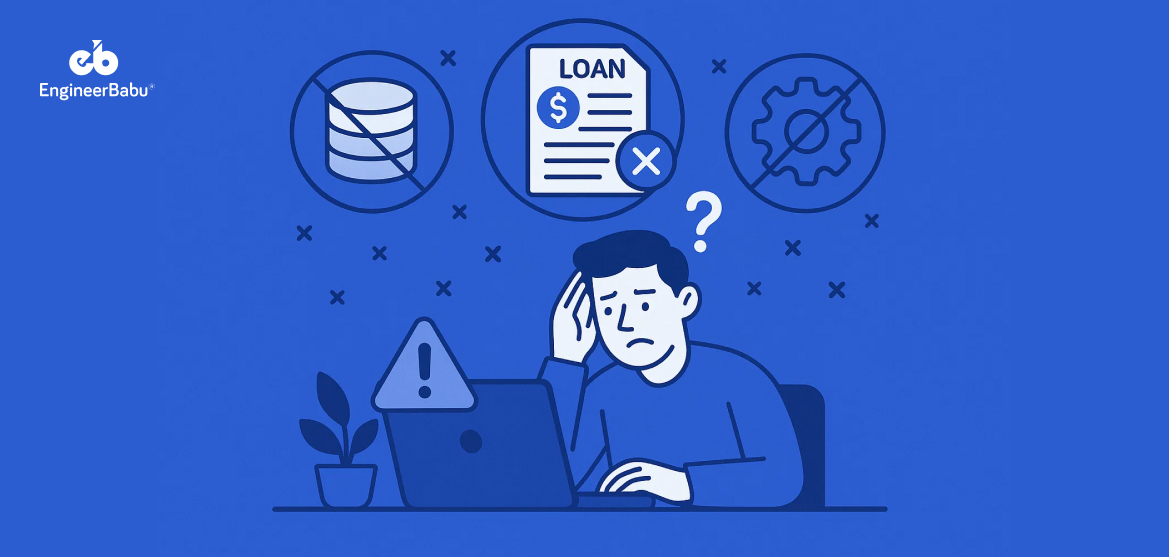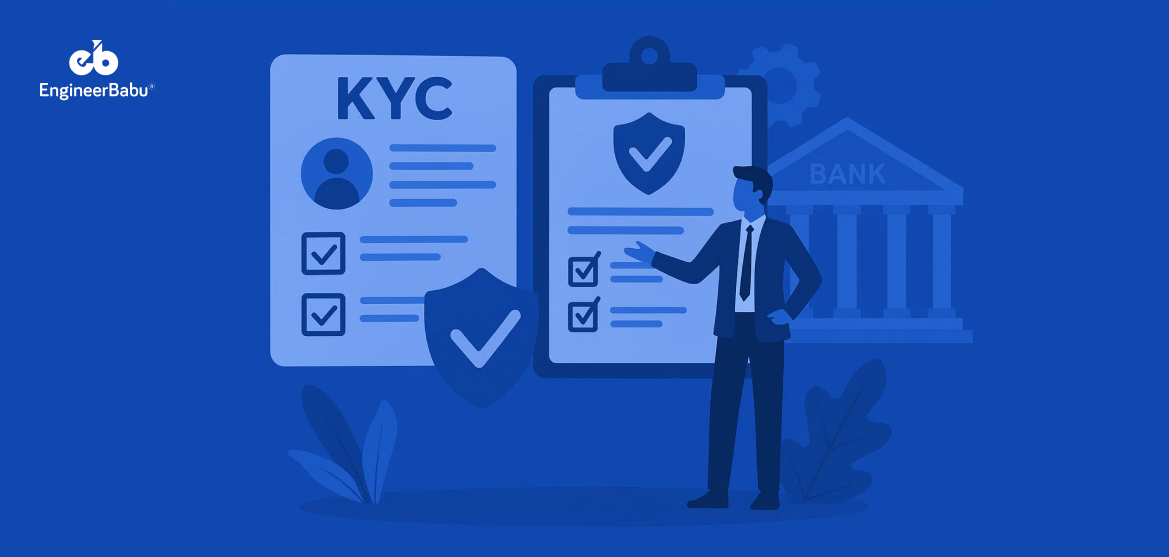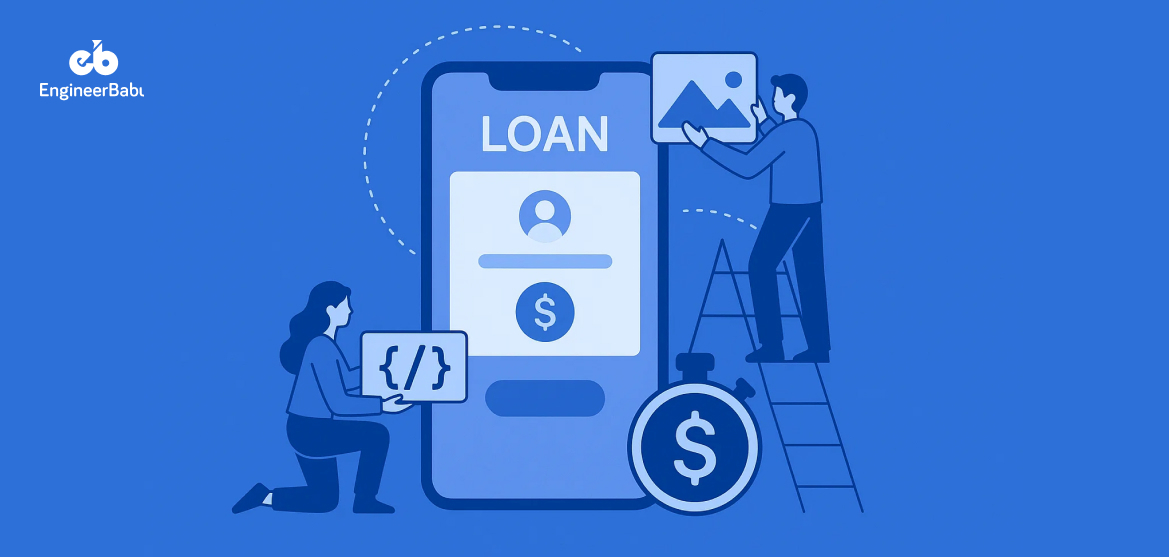The insurance industry has gone mobile, and not just in the sense of moving online. Entire categories of policies, services, and claims are now managed through purpose-built smartphone apps. But if you’ve searched for “insurance apps” in your app store, you already know there is no single kind.
Yet one thing is clear: mobile apps are increasingly central to insurance. In fact, over 35% of insurance claims in 2023 were processed through mobile apps, boosting both efficiency and customer satisfaction.
There are many types of insurance apps, each created with different users, claims processes, and coverage models in mind. A travel insurance app handles entirely different workflows than a life insurance platform. A pet owner filing a small claim does not need the same interface or logic as a small business managing liability coverage.
In this blog, we will examine the core types of insurance apps, break down what makes them unique, and explore how a single strong example defines the standard in each category.
What Are Insurance Apps?
Before we get into the specific types of insurance apps, let us define the term itself.
An insurance app is a mobile application developed by an insurance company or third-party InsurTech provider. Its core function is to let users access policy information, manage claims, make payments, receive support, and often integrate real-time services such as GPS, telehealth, or IoT data.
Not all insurance apps are created equally because not all insurance types work the same way. Let us break them down.
Type of Insurance Apps
1. Health Insurance Apps
Health insurance apps frequently integrate with hospital systems, pharmacy chains, and telehealth providers. They handle not only policy information but also live medical services such as doctor chats or virtual urgent care. They are designed to streamline healthcare access and benefits management for policyholders. These apps often act as a digital front end for large provider networks.
Key Features
- Access to explanation of benefits.
- Real-time deductible tracking.
- Telehealth scheduling and video consultations.
- In-network doctor locator with geolocation.
- Prescription benefit management.
- Digital insurance ID card.
Example: Oscar Health App
Oscar app redefines what a health insurance interface should look like. Instead of simply digitizing paperwork, it focuses on guided care. Users can communicate with a dedicated care team, schedule free virtual visits, and receive reminders for preventative checkups. The app’s live concierge-style chat function lets members resolve claim or coverage questions without the need for a phone call.
Among all types of insurance apps, health insurance apps carry the heaviest user experience responsibility because they directly impact access to medical care.
2. Auto Insurance Apps
Auto insurance apps frequently use the phone’s GPS, accelerometer, and camera to enable real-time accident reporting and telematics-based pricing. They help drivers manage policies, report accidents, request roadside help, and receive driving behavior analysis for usage-based pricing.
Key Features
- File accident claims with photos and videos.
- Request roadside assistance.
- View digital ID cards and coverage details.
- Telematics-based driver scoring.
- GPS tracking of insured vehicles.
- Premium adjustments based on driving behavior.
Example: Root Insurance App
Root is built entirely around telematics. The app uses your phone’s sensors to track driving habits such as braking, cornering, and phone usage to calculate personalized premiums. There is no agent or traditional quote process. If your driving is safe, your premium reflects it. All policy documents, payments, and claims are handled directly within the app.
Within the various types of insurance apps, auto insurance platforms are the most behavior-driven and data-intensive.
3. Life Insurance Apps
Life insurance is not driven by real-time events like health or auto coverage. These apps are built for security, long-term document access, and planning tools. They are primarily used for policy tracking, beneficiary management, premium payments, and long-term financial planning.
Key Features
- View policy terms, coverage amount, and riders.
- Update beneficiaries and contact details.
- Schedule or automate premium payments.
- View projected cash value for whole life policies.
- Contact financial advisors or agents.
Example: Prudential Life App
ICICI’s Prudential app reflects the complexity of long-term policies. It allows users to view premium schedules, track the growth of whole or universal life products, and update beneficiaries. It also supports secure document storage for estate planning materials, recognizing the broader role life insurance plays in financial continuity.
Among the different types of insurance apps, life insurance platforms prioritize planning, accuracy, and security.
4. Home and Property Insurance Apps
These types of insurance apps are usually claim-centric. Most users access them during stressful events such as fires, floods, or break-ins, making performance and clarity essential. They are used to manage homeowners, renters, or landlord insurance policies and streamline claims for property damage, theft, or disasters.
Key Features
- Submit claims with photo and video documentation.
- Maintain home inventory for valuation.
- Receive real-time alerts for weather and natural disasters.
- Access replacement cost estimates.
- Connect to claims adjusters or contractors.
Example: Lemonade Home Insurance App
Lemonade’s app is built for speed and simplicity. It uses artificial intelligence to review damage, analyze media submissions, and approve low-value payouts within minutes. Users can record a brief video describing the claim, and the app can automatically process the request without agent intervention.
Among all types of insurance apps, home and property apps must balance usability with rapid claim resolution.
5. Travel Insurance Apps
Travel insurance apps require global accessibility, language flexibility, and fast access to emergency support, often in unfamiliar environments. They are designed for short-term, event-based coverage while traveling domestically or abroad.
Key Features
- Travel alerts and safety updates.
- Emergency assistance with local providers.
- Policy document access.
- Medical translation support.
- Claims for trip delays, cancellations, or medical care abroad.
Example: Allianz TravelSmart
Allianz TravelSmart is location-aware and provides critical real-time travel data. Users can find the nearest hospitals, access 24-hour emergency contacts, receive country-specific safety alerts, and file travel-related claims within the app. It also offers travel delay tracking that enables instant compensation requests.
This type of insurance app must function seamlessly across borders and time zones.
6. Pet Insurance Apps
Pet insurance apps often blend medical and wellness tracking with traditional policy management, focusing on frequent but low-dollar claims. These types of insurance apps can simplify veterinary expense claims, track pet health, and manage policy benefits for pet owners.
Key Features
- Submit veterinary bills by uploading receipts.
- Monitor deductible and reimbursement history.
- Track vaccinations, medications, and pet profiles.
- Access care recommendations by breed.
- Connect to in-network veterinary clinics.
Example: Trupanion App
Trupanion offers a key advantage: direct payments to veterinarians. Pet owners can submit claims, track payouts, and store their pet’s medical history within the app. The real benefit is that, unlike reimbursement models, Trupanion can pay the vet directly at checkout, eliminating out-of-pocket delays for the policyholder.
Among all types of insurance apps, pet insurance platforms offer the closest overlap with health and wellness apps.
7. Commercial Insurance Apps
Commercial insurance often involves multiple policy types and rapidly changing coverage needs, such as when hiring employees or expanding operations. It supports businesses, freelancers, and contractors in managing policies for liability, property, workers’ compensation, and industry-specific risks.
Key Features
- Manage multiple policies from a single dashboard.
- Generate certificates of insurance on demand.
- File liability or property damage claims.
- Update business profile and covered assets.
- Monitor premium adjustments tied to revenue or staff size.
Example: Next Insurance App
The Next insurance app is designed for contractors, small business owners, and professionals who need flexibility. A key feature is instant certificate generation, which allows users to show proof of coverage when bidding for work. Users can also purchase add-ons, adjust coverage, and receive real-time quotes directly within the app.
This type of insurance app is the most complex, as it must serve both individual professionals and growing businesses.
Conclusion
Each insurance category presents different user needs, service workflows, and data requirements. There is no universal insurance app that suits all use cases. The most effective platforms are built with a clear focus on specific policies, risk types, and customer behaviors.
By understanding the types of insurance apps available today, both insurers and consumers can make better decisions about how to design, adopt, and use these tools. Whether managing a health crisis, reporting an auto accident, or protecting your pet, a specialized insurance app offers not just convenience, but also clarity and control.
FAQs
1. What are the main types of insurance apps?
The main types include health, auto, life, property, travel, pet, and commercial insurance apps. Each is built for specific coverage and user needs.
2. How do auto and health insurance apps differ?
Auto apps focus on accident reporting and driving data, while health apps offer doctor access, telehealth, and claims for medical services.
3. Are insurance apps secure?
Yes, most use encryption, biometrics, and regulatory compliance to protect user data. Always choose apps from trusted providers.
4. Can one app manage multiple insurance types?
Some apps support bundling, but specialized apps usually offer better features and usability for each type of insurance.
5. Does EngineerBabu build custom insurance apps?
Yes, EngineerBabu provides full-cycle fintech and InsurTech development services, including the design and deployment of highly specialized insurance apps. We also offer ongoing support and integration with APIs, third-party services, and cloud infrastructure.




